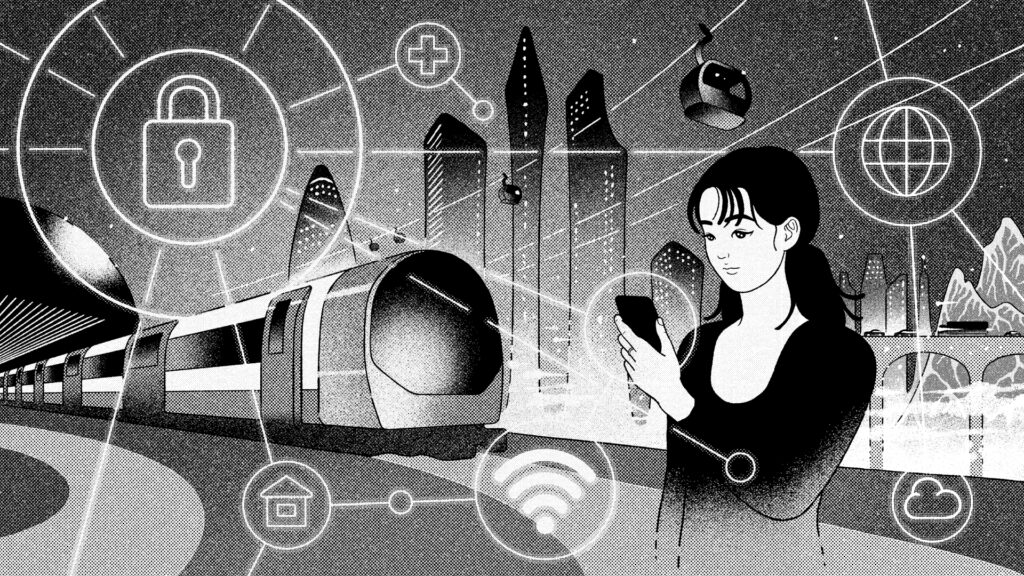It will come as no surprise to the readers of ERP Today that the future of work is shifting towards a more tech-focussed approach. We are constantly utilising the latest technology to create fresh workplace opportunities and tech skills are becoming increasingly in demand within the world of work.
Despite this, when looking at the figures collected by Women in Tech, a mere 19 percent of the tech workforce identify as women. In my opinion, this shows that we are currently at a crossroads: one that displays a divisive, gendered employment landscape.
Diversity and pay
The World Economic Forum report on the Future of Jobs shows us that the gender split between the ‘Top 20 job roles’ that are increasing and decreasing demand is extremely stark. The occupations that are in demand are what we’d typically expect of a tech-focussed future of work: cyber security, data science, robotics engineering and so on.
However, the job roles that are decreasing in demand include clerks, accountants, customer service representatives and HR specialist roles, that those who identify as women are far more likely to occupy, and therefore be at greater risk of unemployment for. No doubt that along with the digital advancements we are making, the impact of the COVID-19 pandemic will have even more of an impact on these roles.
I took it upon myself to conduct an experiment with the World Economic Forum job data and examine the average pay for each job from Glassdoor and data from the ONS Gender Pay Gap Explorer, in order to gain a better understanding of the ever changing landscape in which the UK employment market resides. I have even colour-coded this picture to show the impact on genders.
My conclusion is that low paid populations who largely tend to be women, risk complete removal from the economy if we do not take action now.
As you can see from the table on the right, jobs with increasing demand are male dominated with roles such as data science or data specialists occupied by a whopping 91 percent of men. These jobs are also highly paid, averaging £44,500 per year. Going one step further, if we factor in average inflation rates, increased demand for these roles because of digitization and living costs, these are likely to grow even further.
Jobs in increasing demand that are female dominated only average £28,053 per year in comparison. So even in roles of growing demand, women are likely to earn just over 60 percent of what men earn by 2025.
Looking at the opposite end of the spectrum, jobs with decreasing demand are both low paid and female dominated. They average £26,989 per year and only seven of these are jobs dominated by men – even then at a very small margin with the exception of the construction sector. In 13 of these decreasing jobs, women account for over 60 percent of the workforce.

Why does workplace inequality still exist?
You may be wondering how in 2021 the above could be the case – after all, we tend to associate rigid gender roles and inequality with the past. That is exactly it – we have inherited an archaic system that needs updating, one that defines how society values jobs and subsequently defines their pay. This system was developed post World War II and shaped by the male dominated environment in which it existed.
My research doesn’t even take into account historical inequalities faced in the workplace by other marginalised groups such as People of Colour, members of the LGBTQ+ community and the disabled community – many of whom will have overlapping identities and thus face even greater inequality.
If I was to take a more intersectional approach to my research and divide it along the lines of race/ethnicity, the divisions would become even more stark. Recent research from Fawcett Society highlights the fact that across all sectors there is a higher percentage of People of Colour in low paid positions and fewer are to be found further up the career pipeline. Similarly, they found that whilst women make up 6 percent of CEOs of FTSE 100 companies and 35 percent of civil service permanent secretaries, not a single one of these are Women of Colour.
Luckily, we have evolved in our thinking over the past 70 years and it is absolutely crucial that our systems reflect our values: values of equity, inclusion and fairness across all spheres of life – the workplace, where we spend the majority of our days is arguably one of the, if not the, most important.
The solution
So what knowledge is to be gained from my experiment?
For policy makers, this should be about creating inclusive policies that prevent large unemployment rates and foster thriving economies and environments. For example, Fawcett Society’s research also suggested that if educators, employers and the government invested in helping Women of Colour overcome the barriers they face in the workplace, the UK economy could see an extra £24bn boost to the economy.
For companies, this is about ensuring diverse talent can thrive, reskill and adapt to change – a sentiment we live by at Gapsquare. The business benefits of a diverse workforce have been researched and reported time and time again. A study by Deloitte shows that 69 percent of millennials and Gen Z are more likely to stay on with a company for more than five years if that company appears to value diversity and inclusion within the workplace – so not only is it the ‘right thing to do’, it makes practical business sense.
For dreamers, like myself, who want to foster innovation in creating a better future of work, this becomes about rewiring the world of working altogether and dismantling the unequal systems of days gone by.
Many would argue the solution is simply reskilling. After all, even though Fatima is a ballerina, she could be in cyber – she just does not know it. Others would say we need more awareness about unconscious bias. Although these suggestions have some merit, as solutions they are slow and have been proven to be largely ineffective without deeper societal changes being implemented. What we need is a radical rethinking of our traditional ideas about what a workplace should be.
Billions of pounds have been spent on unconscious bias training, taking the emphasis off gender in job adverts and mentoring and sponsoring women in STEM roles. This has generated steady but extremely slow progress that is, in my opinion, unable to keep pace with the demand for speed of change. To further back up my point, the number of women in STEM (women graduating in core STEM subjects) has grown from 21 percent of the workforce in 2016 to 24 percent in 2019.
It is clear that business as usual is simply not an option anymore. We don’t have time for slow, low impact solutions that have already been tried and tested. What we need is bold and innovative change that tackles the root causes of the issues we face. In more practical terms, this comes down to reviewing how we value certain jobs and why we think the way we do in regards to them.
Dr Zara Nanu is CEO of Gapsquare






